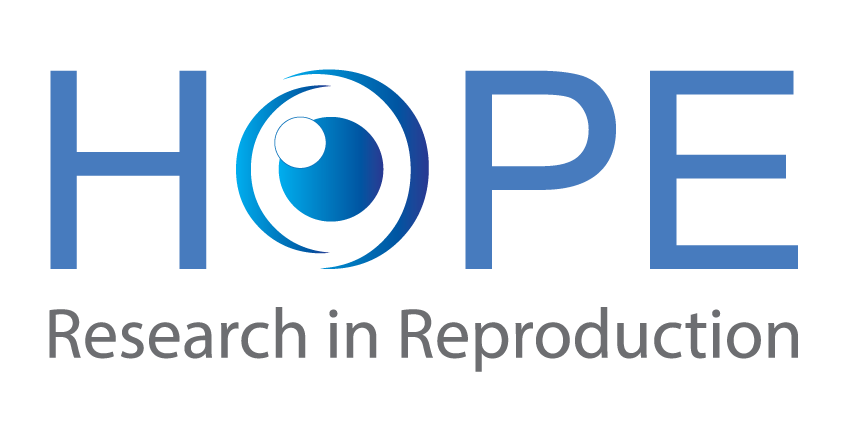DOI: 10.1007/s10815-024-03296-2
Published: 18 October 2024
Alyssa Hochberg 1 2, Michael H Dahan 3, Hakan Yarali 4 5, Lan N Vuong 6 7 8, Sandro C Esteves 9
Authors information
1Department of Obstetrics and Gynecology, McGill University, 845 Rue Sherbrooke, O, Montreal, QC, 3HA 0G4, Canada. alyssahoch@gmail.com.
2The Faculty of Medicine, Tel Aviv University, Tel Aviv, Israel. alyssahoch@gmail.com.
3Department of Obstetrics and Gynecology, McGill University, 845 Rue Sherbrooke, O, Montreal, QC, 3HA 0G4, Canada.
4Anatolia IVF, Ankara, Turkey.
5Department of Obstetrics and Gynecology, Hacettepe University, Ankara, Turkey.
6Department of Obstetrics and Gynecology, University of Medicine and Pharmacy at Ho Chi Minh City, Ho Chi Minh City, Vietnam.
7IVFMD, My Duc Hospital, Ho Chi Minh City, Vietnam.
8HOPE Research Center, My Duc Hospital, Ho Chi Minh City, Vietnam.
9ANDROFERT, Andrology and Human Reproduction Clinic, Campinas, Brazil.
Abstract
Purpose: The purpose of this study is to investigate the impact of daily follicle-stimulating-hormone (FSH) dose on the likelihood of suboptimal response to ovarian stimulation (OS) for in vitro fertilization (IVF) according to POSEIDON’s criteria.
Methods: A tri-center retrospective cohort study (2015-2017) including women with normal anti-Müllerian hormone (AMH ≥ 1.2 ng/mL) and antral follicle count (AFC ≥ 5) values per POSEIDON’s criteria, undergoing their first IVF/ICSI cycle using conventional OS (FSH ≥ 150 IU/day). Suboptimal response was the retrieval of 4-9 oocytes. In previous research, we detected an AMH ≤ 2.97 ng/mL and AFC ≤ 12 as the optimal cut-offs predicting suboptimal response. Therefore, we examined the effect of daily FSH dose (≤ 300 IU versus > 300 IU) on suboptimal response risk for each AMH and AFC value within these thresholds (AMH between 1.20 and 2.97 ng/mL, by 0.01 ng/mL increments; and an AFC between 5 and 12, by unit increments). Analysis involved contingency tables and multivariable logistic regression.
Results: Included were 4005 patients with AMH and AFC values in the specific range, among whom 2131 (53.2%) were suboptimal responders. Among 177 AMH groups analyzed, apart from three distributed irregularly, daily FSH doses > 300 IU versus lower doses (≤ 300 IU) did not decrease suboptimal response risk; similarly, higher doses did not decrease risk at the eight AFC values examined (p > 0.05 for all). Using multivariable logistic regression, FSH doses were not associated with suboptimal response risk. Conversely, female age, AMH, AFC, and gonadotropin type were associated with suboptimal response.
Conclusions: In women with AMH values between 1.20 and 2.97 ng/mL and/or AFC between 5 and 12, FSH dose increase did not decrease suboptimal response risk. Individualizing the gonadotropin regimen and considering LH activity supplementation to FSH may mitigate risks.
Keywords: Follicle-stimulating hormone dose; Oocyte yield; POSEIDON criteria; Suboptimal ovarian response.
